What is a bathroom vanity light
A bathroom vanity light is wall-mounted light fixture that is placed over a mirror or along the side of a mirror. It provides task illumination to support the everyday tasks that occur in vanity area of a bathroom. Throughout the decades, the bathroom has evolved from a simple necessity in the home into a private retreat for relaxation, escape and self-indulgence. The bathroom vanity is a special part of the bathroom, where people shave, wash their face and hands, brush their teeth, comb their hair, and apply makeup to get ready for the day or for sleep.
Layered lighting
Various types of lighting combine to transform the look and ambience of a bathroom. A mix of ambient, task and accent lighting makes the space both attractive and functional. The layered approach ensures ample light is supplied where it’s needed for optimal visual performance while also enhancing visual satisfaction. Although ambient lighting provided by chandeliers, pendant lights, recessed luminaires and wall scones contributes to the majority of illumination, it does not illuminate specific tasks. Task lighting is employed to illuminate the activities that may otherwise be underserved by ambient lighting. Task lighting focuses on a specific area to provide a focused, localized, and higher level of illumination.
Bathroom task lighting
The most important task lighting in a bathroom is at the vanity since it is a hub of activity. Oftentimes overhead lighting in the center of a bathroom makes activities in front of the bathroom mirror because the overhead light source creates unpleasant shadows. Vanity lighting thus gets top consideration. It’s accomplished by mounting light fixtures around the vanity mirror. Vertical fixtures mounted on two sides of the mirror are best for eliminating shadows under the chin, eyes, and cheeks. Horizontal vanity lighting is typically provided over a large vanity mirror. However, vanity lighting over the mirror can leave part of the face in shadow, making it difficult to accomplish grooming tasks or accurately gauge the appearance of makeup. Additional sidelights should be provided to fill in facial shadows when horizontal vanity lighting shadows certain facial features.
Fixture design
A typical fixture design of horizontal vanity lights is often referred to in the industry as a “vanity strip”, “bath bar” or “vanity bar.” This fixture design features an extended bar which has two to six individual lights. Light fixtures for mounting on both sides of a mirror are generally 1-light sconces. Conventional vanity lights are lamp-based fixtures that build the systems around incandescent, halogen or compact fluorescent lamps. As the lighting sector is going through a profound transformation driven by technological advances in LED technology, these fixtures are converted to LED systems as well through the use of LED replacement bulbs. Despite the improved energy efficiency and lifespan of LED bulbs as compared to traditional technologies, there isn’t much an LED bulb can do when it is built with a lightweight heat sink and bare-bones driver circuit due to the limited volume available with a bulb.
Getting the best out of LED technology
Modern vanity lights are integrated LED lights that incorporate LEDs, rather than light bulbs, into the fixtures. The integrated design allows users to reap the tremendous benefits that LED technology offers. Direct integration of the semiconductor light source significantly improves thermal management and consequently results in a much longer operational life since the entire fixture can be utilized to dissipate the heat generated by the LEDs. While LED light bulbs provide limited volume for the constant-current driver, integrated LED vanity lights allow to incorporate LED drivers with high circuit efficiency, excellent dimming performance, and lower ripple current output that enables flicker-free illumination. LED technology makes it possible to improve optical design and create an impressive combination of geometry and aesthetics. LEDs are typically arranged in linear arrays in integrated vanity fixtures, which contributes to a slim design and uniform illumination across the entire run of the fixture.
Light distribution and color characteristics
Bathroom vanity lights are a special type of task lighting fixtures in that they do not illuminate a task area near the user. Instead they direct light toward to eliminate facial shadows. This makes it a priority to eliminate discomfort glare caused by a directional source. Bathroom vanity lights use opal acrylic diffusers or frosted glass shades to soften harsh light. Aside from maintaining a high degree of visual comfort, quality vanity lighting generally attempts to emulate the characteristics of natural light for a pleasant ambiance and high visual performance. Warm white light sources in a correlated color temperature (CCT) of 2700 to 3000 K are recommended in bathroom applications in order to create flattering light. The ability to faithfully render colors also governs the selection of light sources. Vanity lighting demands a light source that has a high color rendering index (CRI, 90 min.) with a strong R9 value (25 min.).
Ingress protection (IP)
Bathroom vanity lights are generally located outside the safety zones that require the fixtures to run off SELV (safety extra-low voltage) and carry an extremely high ingress protection (IP) rating, e.g., IP67. However, it is highly suggested to use a light fixture that has its light engine and driver circuit gasketed so that the exposure to water, steam and condensation will not result in electrical safety hazards.

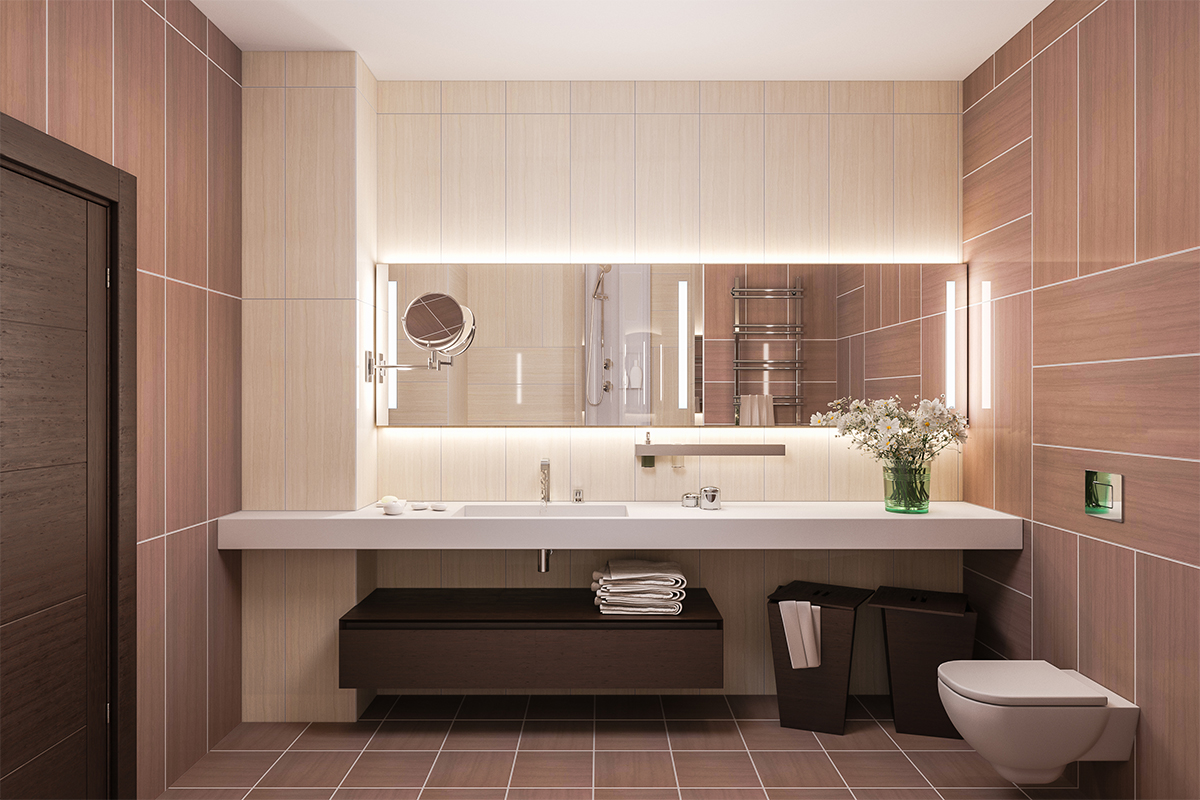
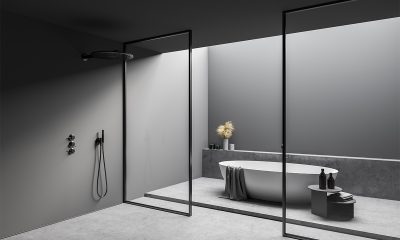
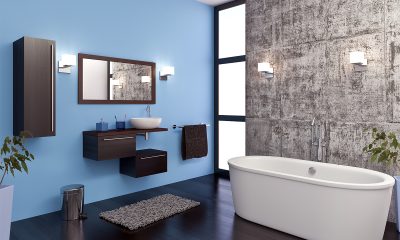
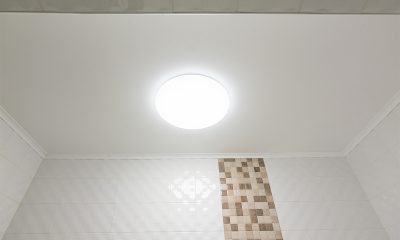
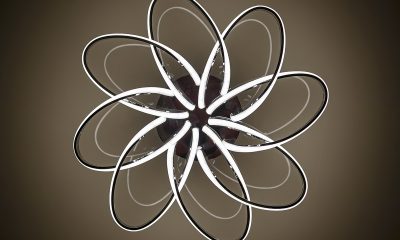
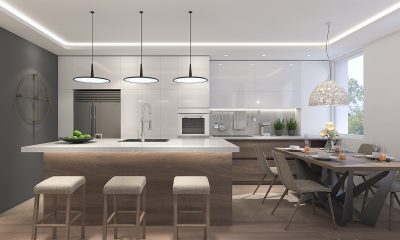
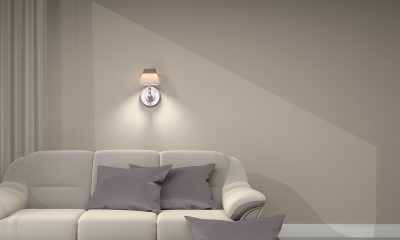
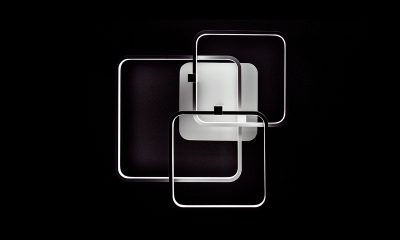
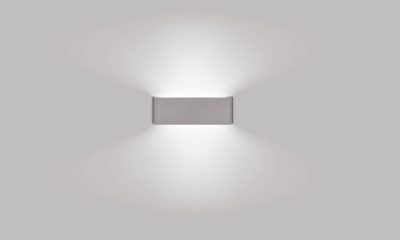

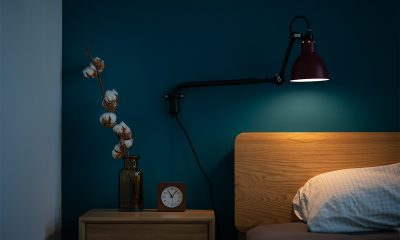
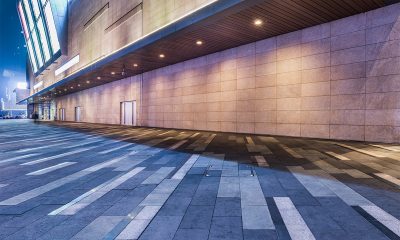
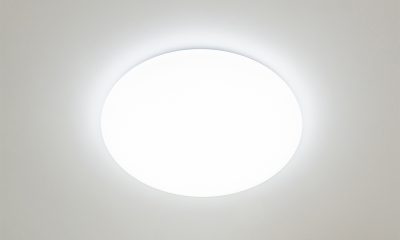





Loading...